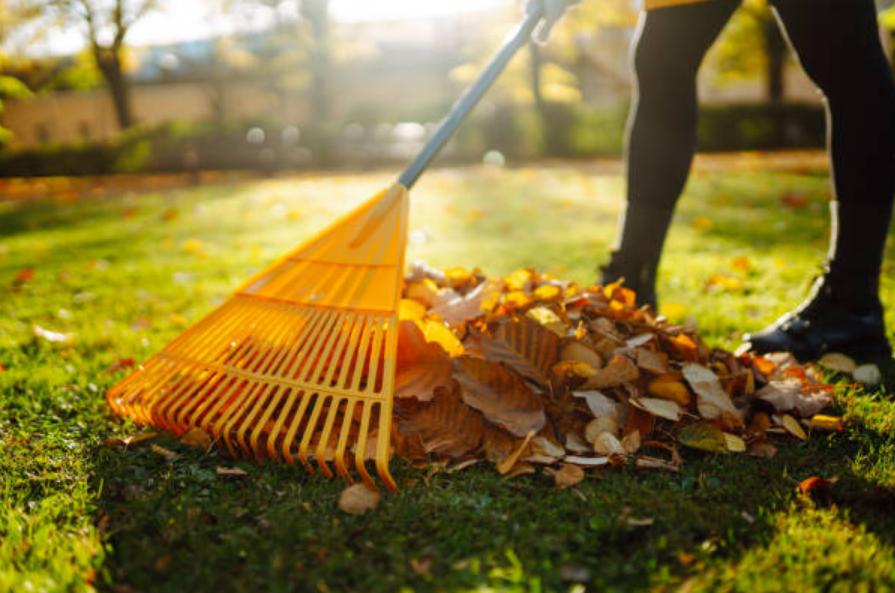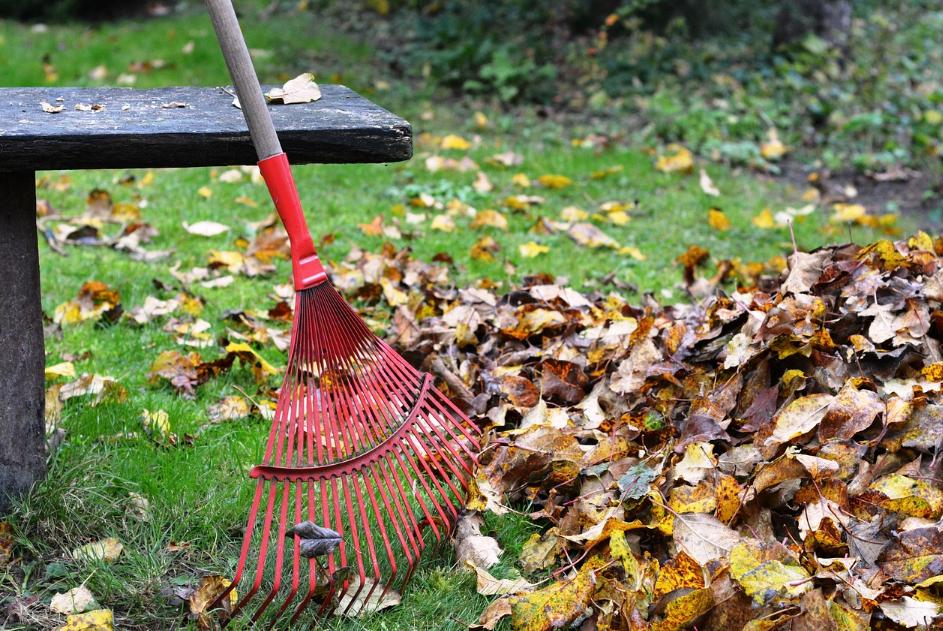A beautiful lawn is not just pleasing to the eye – it’s a source of pride, and a great place for play and relaxation. Among the power tools and fertilizers, one unassuming item plays an outsize role in maintaining a tidy and healthy lawn: the rake. The rake is not only simple, but also effective in keeping your lawn and garden in top shape.
Thank you for reading this post, don't forget to subscribe!Below, we’ll explain everything you need to know about rakes — the types, choosing the best one for your wants and needs, how to wield them, and even, if you’re into that sort of thing, going eco-friendly. By the end, you’ll have a renewed appreciation for this indispensable garden tool, and know how to wield it like a pro to keep your yard in peak condition.
Types of Rakes and Their Uses
Not all rakes are the same. Each type is best suited for a specific purpose, so knowing the differences can help ensure that you get better results for your lawn or garden. Here’s a breakdown:
Leaf Rakes
There are a few different types of rakes but the most common is the leaf rake which has it’s fan shape and flexible teeth. They’re perfect for picking up leaves, grass clippings, garden debris and even small sticks.
Best for: Typical yard cleanup and leaves clearing.
Material choices: Choose between plastic (for lighter tines) or metal (for durability) tines.
Garden Rakes
A bow rake, or garden rake, is similar to a dirt rake, but it has thicker, straighter tines set on a flat head. These rakes work particularly well for more heavy-duty tasks such as leveling soil, breaking up clumps, and spreading mulch.
Best for: Tilling soil, spreading material, or getting rocks out of your garden bed.
Materials made of: Usually they are metal types for sturdiness.
Thatching Rakes
Thatching rakes are a specialized type of tool meant to clear away thatch, which is a layer of dead grass and other organic matter that gathers just below the surface of your lawn. Clearing this layer clears the way for water, air and nutrients to reach the soil more efficiently.
Best for: Aerating lawns; eliminating thatch buildup.
Material options: Are usually heavy-duty with steel blades.
Shrub or Hand Rakes
These smaller, handheld rakes allow you to clear away debris around plants, shrubs or close garden spaces a full-size rake wouldn’t be able to reach.
Best for: Doing detailed maintenance around shrubs, flower beds and smaller outdoor plantings.
Material choices: Typically sold with plastic, metal or bamboo tines.
How to Select the Best Rake for You
With all the options, it can be tough to know which rake is best for the job. Here’s how to narrow it down:
Define the Task
Are you raking leaves, tilling soil or dethatching? Your mission will guide you in the right type of rake.
Consider the Material
Plastic rakes are lightweight and perfect for small jobs, while metal rakes add bonus durability for bigger jobs. Bamboo rakes would be lower-impact on the environment but are typically not as sturdy as plastic or metal.

Assess Length of Handle and It’s Grip
You want the rake handle to be long enough to stand you up as straight as possible – less hunching means fewer aches and pains. Opt for handles with ergonomic grips for greater comfort with repetitive use.
Budget and Longevity
“My advice is to invest in a long-lasting rake; it will mean savings in the long haul,” Braun said. But plastic rakes are mostly less expensive, and the metal versions can work for years with basic maintenance.
Various Raking Methods
You’ll want to adjust your technique to make the most of your raking time and effort.
Leaf Removal
- Begin along the borders of your lawn and progress toward the center.
- If you have a big space, break your lawn down into many small spaces and work each one step by step.
- Continue to carefully sweep them into piles so that you don’t damage your grass.
Garden Cleanup
- For gardens, a garden rake can loosen compacted soil and level the soil after sowing.
- Rake it out consistently in flower beds and around trees when you’re spreading mulch.
Thatch Removal
- Scrape the lawn with a thatching rake to lift the accumulated thatch layer.
Otherwise, rake in one direction to keep from stressing your grass, and use steady pressure to avoid taking out all of it in one pass.
Pro Tip:
- If the lawn or soil is wet, do not rake, as it may cause the soil to become compacted, and raking will be less effective.
- Cool Rake Hacks that Will Make Raking and Leaf Cleanup Easier.
- And a good raking and a little care will keep your rake in good shape for many seasons. Here are some practical tips:
- After use, clean your rake off to remove dirt, sap, and gunk. For more stubborn spots, use a brush and soapy water.
- Be sure to frequently check for damage by looking for bent tines or loose handles. If inconsistent cycle times exist, screws should be tightened or parts should be replaced.
- Hang rakes on a wall or store in a dry shed to prevent rust and warping.
Rakes and Sustainability: The Green Material Alternatives
For the earth-friendly gardener, eco-friendly tools is a great way help protect the planet while maintaining your patch. Here’s how to make greener raking decisions:
- Choose bamboo rakes as they are biodegradable and made from a renewable source.
- Find some reusable metal tools instead of disposable plastic ones.
- If you are raking leaves, skip the plastic bags and compost yard waste instead.
And some companies now make rakes with upcycled materials that include saved-from-the-landfill plastics or metals, cutting waste and carbon footprints throughout supply chains.
Raking Mistakes You Should Avoid
These common raking mistakes can happen to even the most veteran gardeners:
Raking Wet Leaves
Heavy, wet leaves may also cause ripped grass or the soil to tear. Wait for everything to dry before you rake.
Using the Wrong Rake
A leaf rake won’t ready soil, any more than a garden rake will do a great job with soft leaves. The rake is also like the animal: Always use the right tool for it.
Over-Raking
It may give high marks to “raking” your lawn like it’s a Zen garden, but heavy raking can harm your grass, or even break up healthy topsoil. Apply as a light dusting, particularly on lawns.
Healthy Lawn Begins with the Right Raking
Raking does more than keep your yard neat; it is also an important activity to help maintain the health of your lawn and garden. By selecting the right rake, learning how to use it correctly, and not falling into common traps, you can improve your outdoor areas this autumn – and beyond – without sacrificing your soil health.
Whether you’re an experienced gardener or novice, the art of raking can be a game changer in your yard care regimen. Now take your rake outside and love up your lawn.



